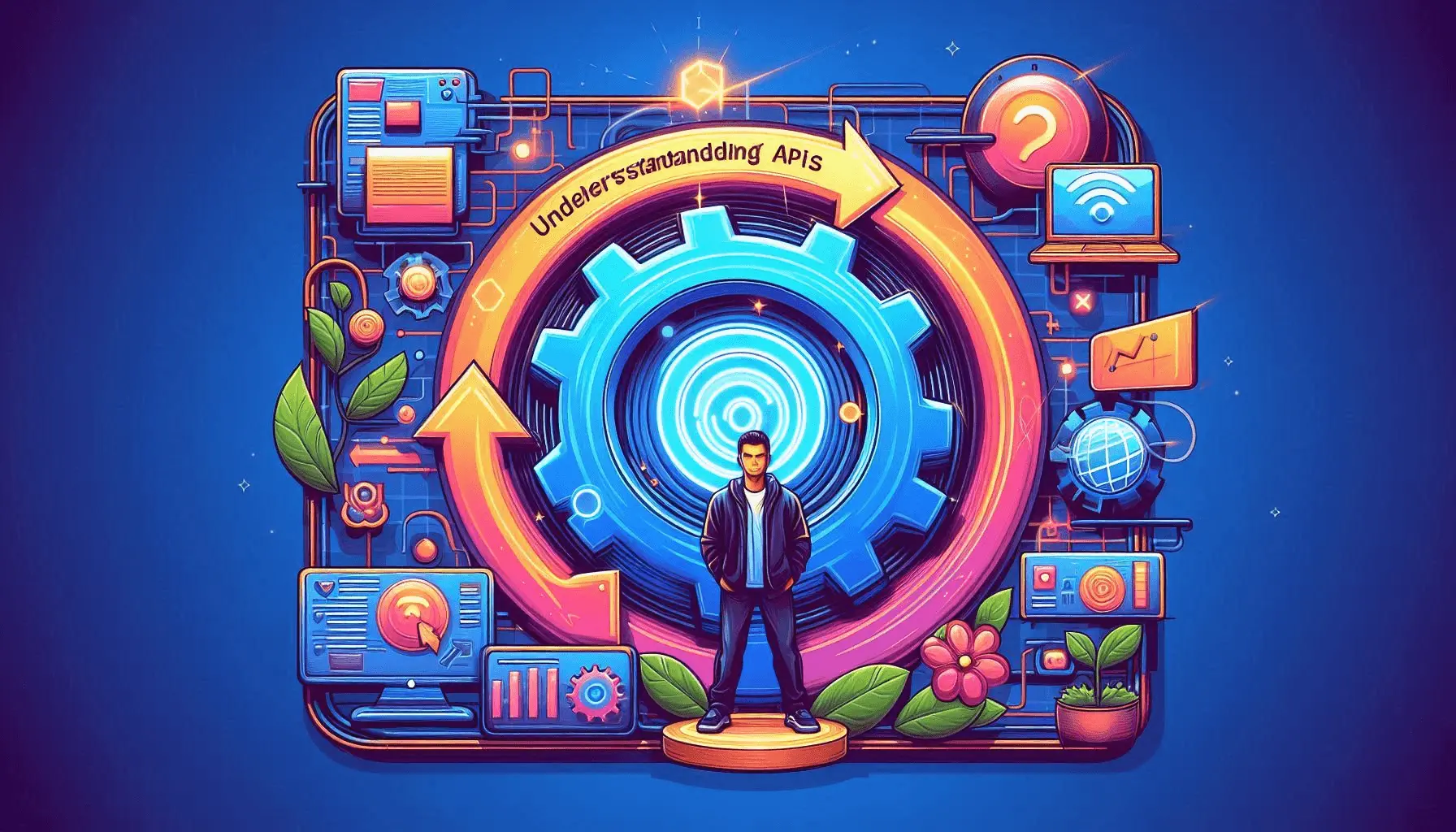
API Explained
 Abdul Rafay•Aug 6, 2024
Abdul Rafay•Aug 6, 2024AI Article Summary
Understanding APIs: A Comprehensive Overview
APIs, or Application Programming Interfaces, are integral to modern software development. They enable different applications to communicate with each other, allowing for seamless integration and functionality. This article provides a concise overview of APIs and includes a practical example to illustrate their use.
What is an API?
An API (Application Programming Interface) is a set of rules and protocols that allows one software application to interact with another. Essentially, APIs serve as intermediaries that enable software applications to communicate and share data.
Why Are APIs Important?
APIs are essential for various reasons:
- Integration: They enable different systems to work together, enhancing functionality and user experience.
- Efficiency: Developers can leverage existing APIs to add features without building them from scratch.
- Scalability: APIs allow for the modular addition of functionalities, making it easier to scale applications.
Types of APIs
- Web APIs: These are used to interact with web services. They are accessed via HTTP requests.
- Library APIs: These are provided by libraries to interact with the functions and procedures within the library.
- Operating System APIs: These allow applications to interact with the operating system.
How Do APIs Work?
APIs work by exposing endpoints, which are specific URLs where requests can be sent. These requests can include various operations like GET (to retrieve data), POST (to send data), PUT (to update data), and DELETE (to remove data). The server processes these requests and sends back the appropriate response.
Example: Using a Web API
Let’s consider a simple example using a public API that provides information about books. We’ll use the Open Library API to search for books by a specific author.
Step 1: Making a GET Request
To fetch data from the API, we’ll make a GET request to the endpoint.
Endpoint: https://openlibrary.org/search.json?author=tolkien
Step 2: Handling the Response
The response will be in JSON format, containing information about books by J.R.R. Tolkien.
Here’s a Python example using the requests library:
import requests
# Define the API endpoint
url = 'https://openlibrary.org/search.json?author=tolkien'
# Make the GET request
response = requests.get(url)
# Check if the request was successful
if response.status_code == 200:
# Parse the JSON response
data = response.json()
# Print the title of each book
for book in data['docs']:
print(book['title'])
else:
print('Failed to retrieve data:', response.status_code)Explanation
- Importing Requests Library: We start by importing the
requestslibrary, which allows us to make HTTP requests. - Defining the Endpoint: We specify the API endpoint URL.
- Making the Request: We use the
requests.get()method to send a GET request to the API. - Handling the Response: We check if the request was successful (status code 200). If so, we parse the JSON response and print the titles of the books.
Conclusion
APIs are a powerful tool for developers, enabling the integration of different software systems and the efficient addition of new features. By understanding how APIs work and learning how to interact with them, you can enhance your development skills and build more robust applications. The example provided demonstrates a simple use case, but the possibilities with APIs are vast and varied, limited only by your imagination and the APIs available.
💬 Join the Discussion
Share your thoughts and engage with the community